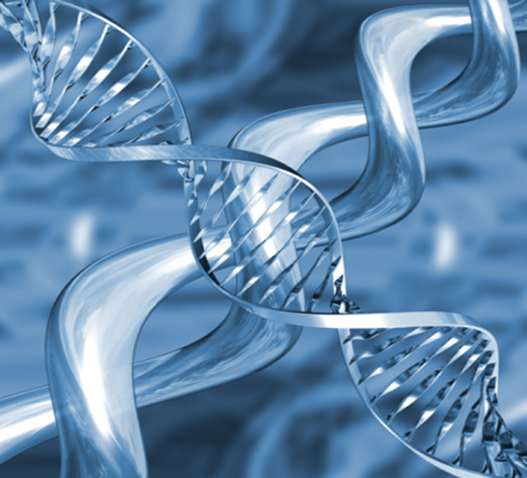About Johns Hopkins
From the 1889 opening of The Johns Hopkins Hospital, to the opening of the School of Medicine four years later, there emerged the concept of combining research, teaching and patient care. This model, the first of its kind, would lead to a national and international reputation for excellence and discovery.
Today, Johns Hopkins uses one overarching name—Johns Hopkins Medicine—to identify its entire medical enterprise. This $5 billion system unites the physicians and scientists of the Johns Hopkins University School of Medicine with the health professionals and facilities that make up the broad, integrated Johns Hopkins Health System. The Johns Hopkins Hospital and its affiliated hospitals and clinics has been ranked #1 by US News and World Report for the last 20 years. Its commitment to medical education, clinical care and research has made it one of the premier international institutions.
About the Klinefelter Syndrome Clinic
Mission: We are a comprehensive multidisciplinary health care system designed to care for boys and men with KS. Our medical specialists act as a team to provide the most up to date services to maintain the long-term health of men with KS.
The goals of the clinic are:- To be the premier center for the clinical care of men with sex chromosomal disorders
- To develop standardized testing procedures for this population
- To develop treatment guidelines for men with sex chromosomal disorders
- To expand the scientific knowledge on the diagnosis, pathophysiology and treatment of the syndrome

Klinefelter Syndrome
Klinefelter syndrome is a group of conditions that affects the health of males who are born with at least one extra X chromosome. Chromosomes, found in all body cells, contain genes. Genes provide specific instructions for body characteristics and functions. For example, some genes determine height and hair color. Other genes influence language skills and reproductive functions. Each person typically has 23 pairs of chromosomes. One of these pairs (sex chromosomes) determines a person’s sex. A baby with two X chromosomes (XX) is female. A baby with one X chromosome and one Y chromosome (XY) is male.
Most males with Klinefelter syndrome, also called XXY males, have two X chromosomes instead of one. The extra X usually occurs in all body cells. Sometimes the extra X only occurs in some cells, resulting in a less severe form of the syndrome. This is called a mosaicism, and is very common. Rarely, a more severe form occurs when there are two or more extra X chromosomes.
What are the signs and symptoms of Klinefelter syndrome?
Signs and symptoms can vary. Some males have no symptoms but a doctor will be able to see subtle physical signs of the syndrome. Many males are not diagnosed until puberty or adulthood. As many as two-thirds of men with the syndrome may never be diagnosed. Many men with mosaicism for XXY males do not have all of the signs and symptoms listed below.
Signs and Symptoms by Age Group
- Problems at birth, such as testicles that haven’t dropped into the scrotum or a hernia*
- A small penis
- Weak muscles
- Speech and language problems, such as delayed speech
- Problems with learning and reading
- Problems fitting in socially
- Mood and behavioral problems
- Small, firm testicles
- Enlarged breasts, called gynecomastia
- Long legs but a short trunk
- Above-average height
- Reduced muscle bulk
- Sparse facial and body hair
- Delayed puberty
- Low energy levels
- Low testosterone (male hormone) levels
- Infertility from a lack of sperm
- Decreased sex drive
- Problems getting or keeping an erection
- Other difficulties, such as being unable to make plans or solve problems
* when an internal organ bulges through a body cavity wall
How is Klinefelter syndrome diagnosed?
Diagnosis is based on a physical examination, hormone testing, and chromosome analysis. The syndrome can also be diagnosed before birth but testing is not routinely done at that time.
Health Problems Associated with Klinefelter Syndrome
Klinefelter syndrome can lead to weak bones (osteoporosis), varicose veins, and autoimmune diseases (when the immune system acts against the body), such as lupus or rheumatoid arthritis. XXY males have an increased risk for breast cancer and cancers that affect blood, bone marrow, or lymph nodes, such as leukemia. They also tend to have excess fat around the abdomen (which raises the risk of health problems), heart and blood vessel disease, and type 2 diabetes.
What is the treatment for Klinefelter syndrome?
Treatment can help males overcome many of the physical, social, and learning problems that are part of the syndrome. Males with Klinefelter syndrome should be seen by a team of health care providers. The team may include endocrinologists, general practitioners, pediatricians, urologists, speech therapists, genetic counselors, and psychologists. Surgery may be needed to reduce breast size. With treatment, men can lead very normal lives.
Experts recommend testosterone replacement, starting during puberty, for proper development of muscles, bones, male sex characteristics such as facial hair, and sexual function. Continued treatment throughout life helps prevent long-term health problems. Testosterone replacement does not cure infertility, however. Infertility treatments require specialized—and costly—techniques, but some men with Klinefelter syndrome have been able to father children.
